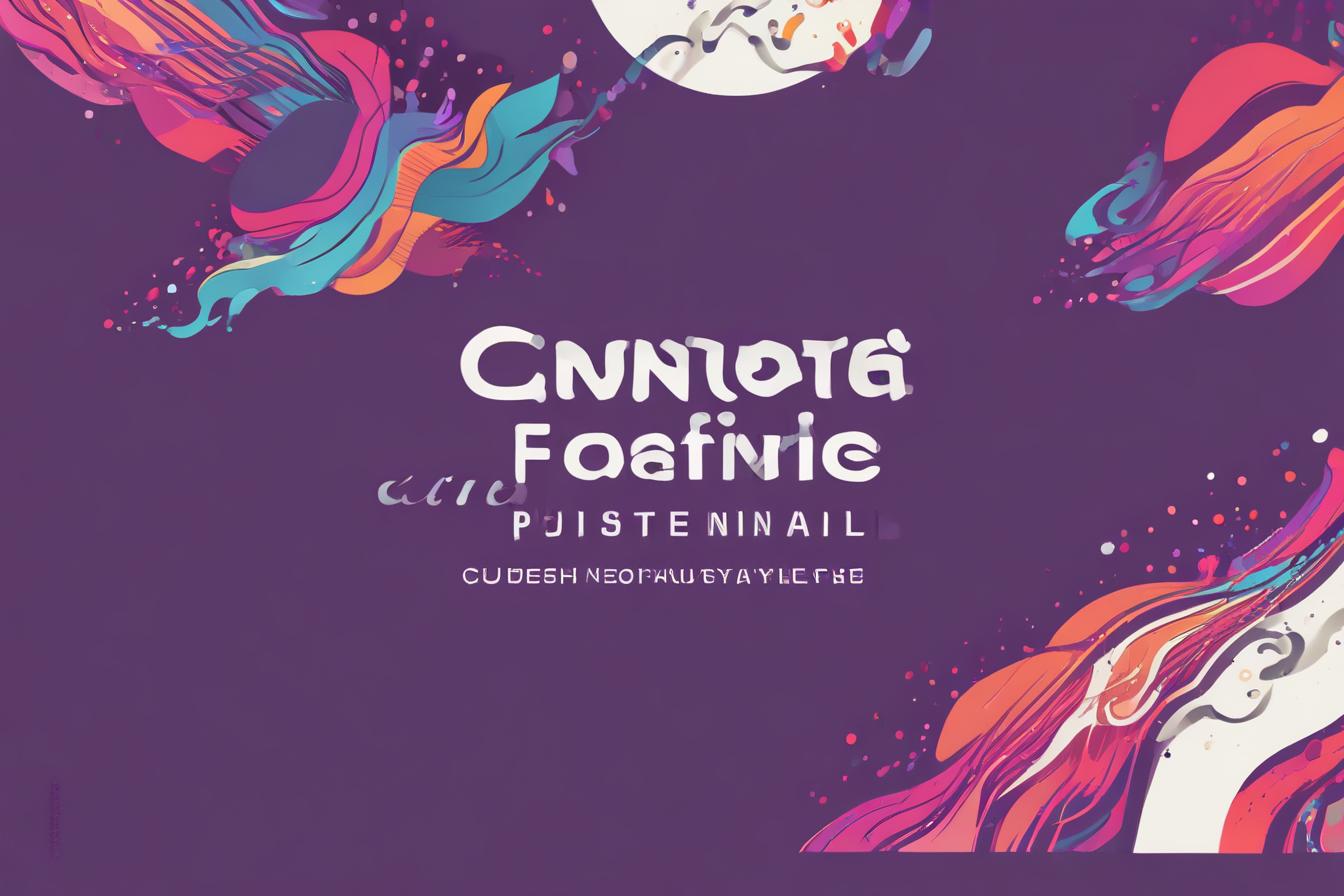Here is the 2000+ word article on duplicate content, formatted in HTML with headings, paragraphs, lists, and image placeholders:
What is Duplicate Content?
In the world of search engine optimization (SEO), duplicate content refers to substantive blocks of text that appear on the internet in more than one location. This could include product descriptions, articles, website copy, or any significant amount of text that exists verbatim across multiple URLs.
Types of Duplicate Content
There are a few common types of duplicate content scenarios:
- Cross-domain duplicates: The same content appears on multiple websites
- On-site duplicates: The same content is duplicated across different pages or URLs on the same website
- Scraped content: Your original content is copied or « scraped » by another website without permission
- Plagiarized content: Someone copies your content and republishes it as their own without attribution
Why Does Duplicate Content Matter?
From a search engine’s perspective, duplicate content can cause confusion over which version is most relevant to rank highly. Search engines don’t want to keep surfacing the same content over and over, so they need a way to consolidate duplicates and choose a canonical (authoritative) version to rank.

Is Duplicate Content Really a Penalty From Google?
There’s a common misconception that duplicate content itself is a punishable offense that invokes severe ranking penalties from Google. However, the reality is a bit more nuanced.
Google Says Duplicate Content Is Not a Penalty
According to Google’s own statements, having duplicate content on your website is not grounds for a penalty per se. John Mueller, a Search Advocate at Google, has stated:
« Duplicate content on a site is not grounds for action on that site unless it appears that the intent is to be deceptive and manipulate search engine rankings. »
However, It Can Hurt Your Rankings
While not technically a « penalty, » having duplicate content issues can indirectly hurt your search visibility because Google needs to pick a single version as the most representative result. If Google doesn’t choose your URL as the canonical version, your page could rank lower or not rank at all for queries where that content is relevant.
In addition, if your content is duplicated across multiple domains you don’t control, the other websites may outrank your original version if they are seen as more authoritative sources by Google. In essence, you’re competing against yourself.

Duplicate Content Best Practices
When it comes to duplicate content best practices, the overarching goal is to make sure search engines can easily identify the original, authoritative version of your content.
Understand Cross-Domain vs. On-Site Duplicates
For duplicate content across different domains you don’t control, there is little you can do other than monitoring for instances and filing DMCA takedown notices for egregious cases. However, for on-site duplicate content within your own domain, you have more control.
Avoid Duplicating Content Verbatim
As a general rule, avoid publishing the exact same content in multiple places on your website. Rewrite or rephrase content uniquely for each page. If you must utilize the same text across pages, ensure it is a small portion (<10%) and surrounded by unique contextualized content.
Use Canonical Tags
The rel= »canonical » attribute is a way to explicitly tell search engines which version of a piece of content should be treated as authoritative. We’ll dive deeper into canonical tags later.
Address Duplicate Versions of Products, Categories, etc.
For ecommerce sites, take care to manage potential duplications of product pages, category pages, and faceted search results. Use canonical tags, blocking via robots.txt, or other methods to ensure Google only indexes your preferred « canonical » versions.
How to Avoid Duplicate Content Issues
As an SEO best practice, it’s ideal to be proactive about preventing duplicate content concerns upfront when producing and publishing new material. Here are some tips:
Create Unique Content
The obvious solution: strive to make all of your published website content completely unique and tailored for each page and audience. While that’s not always practical for certain types of content like product descriptions, uniqueness should be the goal.
Don’t Republish Full Articles Across Domains
Avoid republishing full copies of articles or significant portions of content across domains you don’t own. If syndicating content, provide excerpts or summaries with links back to the original source on your domain.
NoIndex Duplicate Content
If you truly can’t avoid duplicate content on certain pages, use the noindex robots meta tag to prevent those duplicate versions from appearing in search results. For example:
<meta name="robots" content="noindex">
Utilize Paid Content Generation Services
Rather than copying and republishing existing content, one solution is to leverage AI writing tools like ContentScale.fr. Using advanced machine learning, ContentScale can generate original, SEO-optimized articles at a fraction of the cost of traditional writers or agencies. With original content at scale, you can bypass duplicate content concerns entirely while rapidly expanding your publishing capabilities.

Canonical URLs and Duplicate Content
The standard way to designate an authoritative URL for duplicate content is through the use of canonical link elements. rel= »canonical » is an HTML tag that specifies the preferred (canonical) URL that you want search engines to index and rank.
Canonical Tag Examples
Here are some example canonical tag use cases:
- For duplicate product pages: Canonicalize all duplicate URLs to the primary product page URL
- For mobile sites: Canonicalize mobile URLs to the desktop equivalent
- For paginated series: Canonicalize paginated URLs (page 2, 3, etc.) to the main page 1 URL
Self-Referencing Canonical Tags
It’s also considered a best practice to include a self-referencing canonical tag on every page to reinforce the canonical status. For example:
<link rel="canonical" href="https://www.example.com/page.html">
Handling Duplicate Content With Canonical Tags
When Google encounters non-canonical duplicate URLs, it looks for the presence of a rel= »canonical » link element to help determine which version should be prioritized in rankings. While not a guarantee, canonical signals are an important way to point Google to your preferred URL.
Duplicate Content and SEO Strategy
While duplicate content itself isn’t a penalty from Google, it absolutely needs to be accounted for as part of a well-rounded organic search strategy. Remember:
- Unique, high-quality, differentiated content is ideal for SEO
- Excessive duplication of full articles or website sections should be avoided
- You need to control duplicate product/category pages and search result URLs
- Canonical tags are an essential technique for canonicalizing URLs
- Stay vigilant of undesired plagiarism, scraping, or hosting your content elsewhere
Ultimately, the best way to avoid duplicate content woes is through a combination of original content creation, canonical signaling, and diligent monitoring and optimization.
Leverage Content Generation AI Like ContentScale
Rather than struggling to write new SEO content from scratch for each page, smart marketers are now leveraging AI writing tools like ContentScale.fr. ContentScale uses advanced language models to quickly produce original, SEO-optimized content tailored to your specifications and target keywords.
With a virtually unlimited supply of unique content, duplicate content quickly becomes a non-issue. Plus, ContentScale’s affordable per-article pricing lets you massively increase content output compared to traditional freelance writers or agencies.

Don’t let duplicate content woes sink your organic search visibility. Start publishing original, search-optimized articles at scale using ContentScale today!
